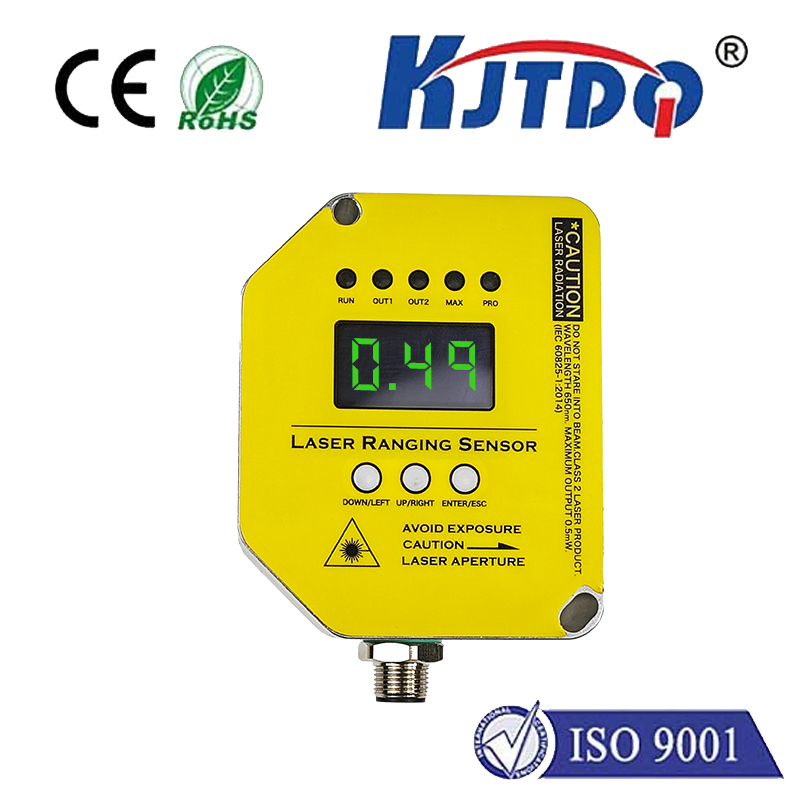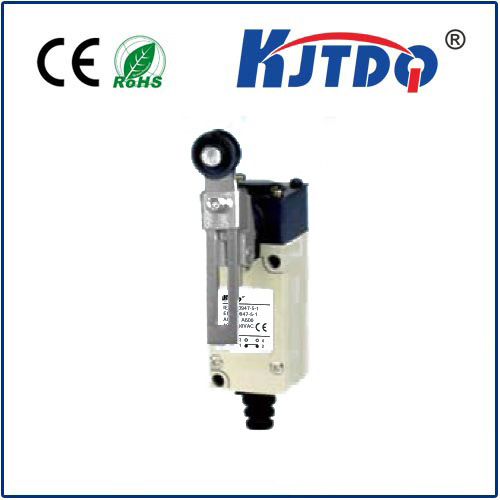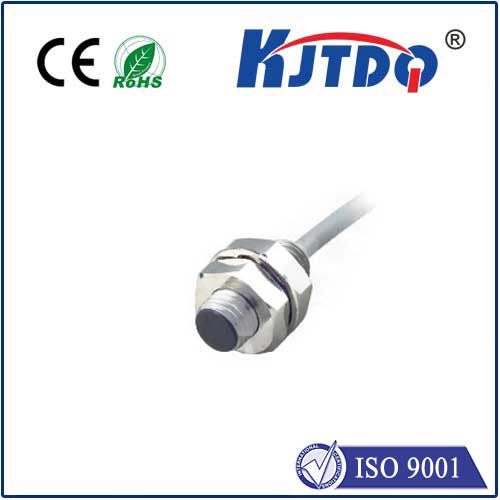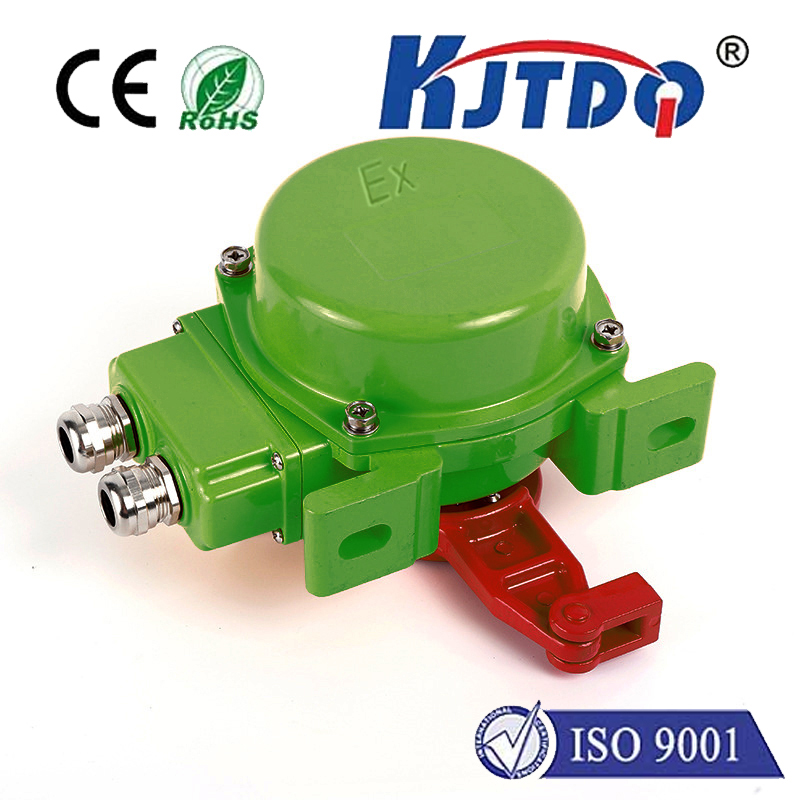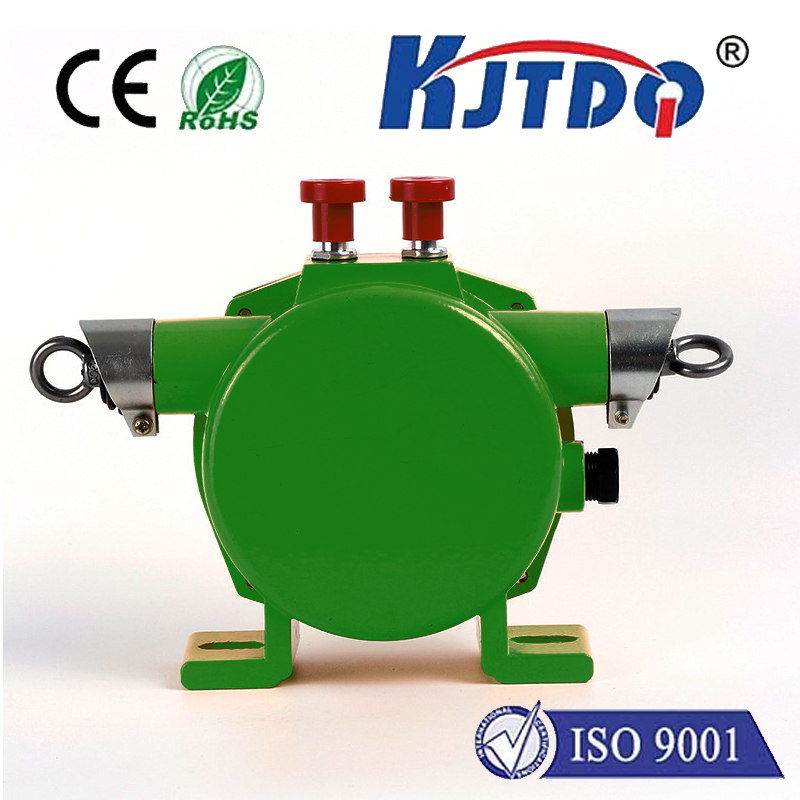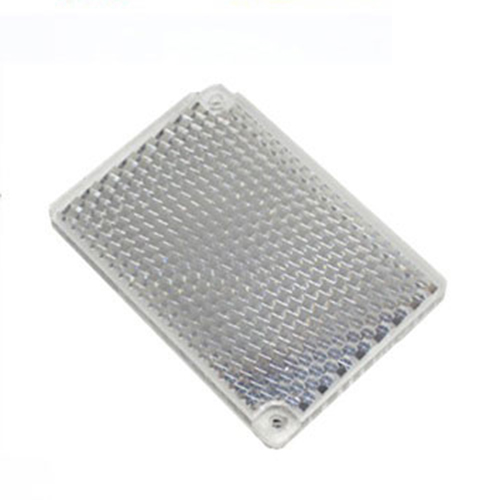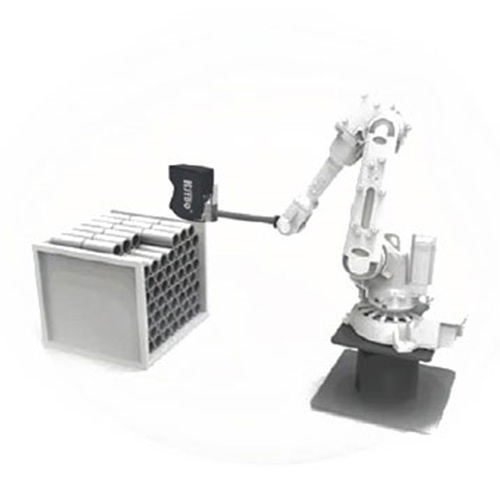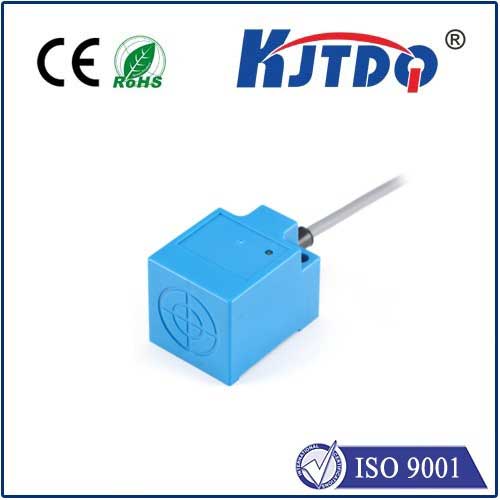

check

check

check

check
Inductive Switch Sensors: Unveiling Invisible Efficiency in Automation
Picture this: you’re walking through a high-tech factory where robotic arms glide seamlessly, assembling parts without a single touch. Machines seem to know what’s coming, responding instantly to the mere presence of metal objects. This isn’t science fiction—it’s the everyday reality powered by inductive switch sensors. These unassuming devices are the unsung heroes of modern automation, transforming industries by detecting proximity with uncanny precision. As we dive into their world, we’ll uncover how they work, why they’re indispensable, and where they’re making the biggest impact today. Ready to explore the silent revolution? Let’s jump in.

At its core, an inductive switch sensor is a type of non-contact proximity sensor that detects metallic objects through electromagnetic induction. Unlike mechanical switches that wear out with physical touches, these sensors operate by generating an oscillating magnetic field around a coil. When a metal object enters this field, it disrupts the electromagnetic waves, causing a change in the sensor’s inductance. This shift triggers an electrical signal, effectively “switching” on or off without any direct contact. Imagine a guardrail in an automated assembly line: as a steel component approaches, the sensor instantly senses its presence and halts machinery to prevent collisions. This fundamental principle ensures high reliability in environments where dirt, dust, or vibrations would cripple traditional systems. Key elements here include the oscillator coil, a signal processor, and an output circuit—all harmonizing to deliver near-instantaneous detection within millimeters. For instance, in automotive manufacturing, these sensors can spot minute parts on a conveyor belt, ensuring flawless production while minimizing downtime.
The advantages of inductive switch sensors make them a cornerstone in sensing technology. First and foremost, their non-contact nature eliminates mechanical wear, extending lifespan and reducing maintenance needs. Think of it as a “tireless sentinel” in harsh settings like foundries or outdoor machinery, where exposure to contaminants would degrade other sensors. Second, they offer incredible durability, often rated for millions of operations due to solid-state designs without moving parts. This robustness translates to cost savings over time, as replacements are rare compared to contact-based alternatives. Third, their response time is blazing fast—often in microseconds—making them ideal for high-speed applications like packaging lines where even a split-second delay means lost efficiency. Moreover, these sensors are immune to ambient conditions such as light or moisture, unlike optical counterparts, ensuring consistent performance in variable environments. For example, in food processing plants, where hygiene is critical, inductive models resist corrosion and work flawlessly amidst steam and splashes. This blend of features underscores why they’re a go-to choice for engineers seeking dependable, long-term solutions without compromising on accuracy.
When it comes to real-world applications, inductive switch sensors shine across diverse sectors, driving the pulse of industrial automation. In manufacturing, they’re ubiquitous for position detection and object counting on assembly lines, such as confirming a metal bracket is in place before welding begins. This prevents errors and boosts productivity by automating routine checks. Similarly, in the automotive industry, these sensors monitor gear shifts and brake systems, ensuring safety by detecting components’ movements in real-time. Beyond factories, they safeguard public spaces—elevators use them to sense door openings, preventing accidents by halting motion if an obstruction is detected. Security systems also leverage them for intrusion detection; hidden installations in gates or vaults trigger alarms upon metal approach, offering silent, reliable protection. Even in renewable energy, like wind turbines, they monitor blade positions under extreme weather, contributing to sustainable operations. This versatility stems from their adaptability: compact models fit snugly into tight spaces, while industrial-grade variants handle heavy-duty demands. As technology evolves, newer iterations incorporate smart features like IO-Link connectivity for remote monitoring, allowing seamless integration with IoT platforms and enhancing predictive maintenance in the era of Industry 4.0.
Looking ahead, inductive switch sensors continue to evolve, reinforcing their role in the future of automation and beyond. Innovations are focusing on enhanced sensitivity to detect a broader range of metals, including alloys, which expands their utility in aerospace or medical devices. Miniaturization is another trend, with sensors shrinking to fit into wearable tech or consumer electronics, enabling novel applications like smart home systems that respond to metallic inputs. Furthermore, the push toward energy efficiency sees low-power designs emerging, reducing operational costs and aligning with green initiatives. Despite competition from capacitive or ultrasonic sensors, inductive variants maintain an edge due to their simplicity and cost-effectiveness in metal-rich scenarios. In essence, these sensors embody the unseen efficiency that underpins modern progress—quietly optimizing workflows from factory floors to global supply chains. As we embrace smarter automation, their impact only grows, proving that sometimes, the smallest gadgets drive the biggest leaps. (Word count: 981)
